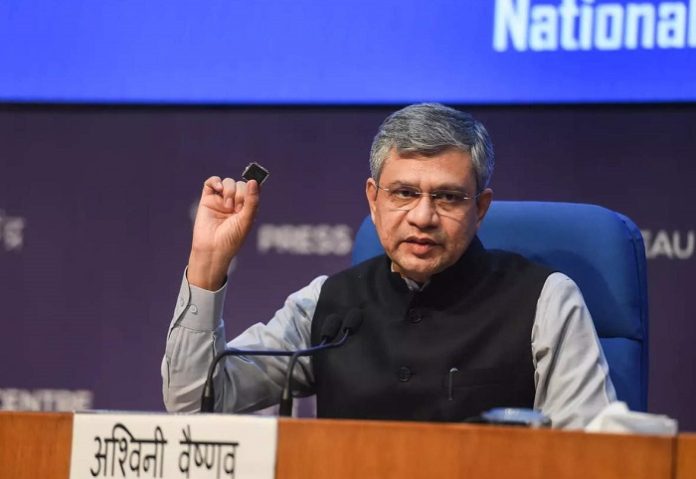Reforms undertaken in the telecom sector in September last year have yielded “very good” results, and the next set of reforms will be geared towards ensuring that the regulatory framework is in sync with the global best, according to Communications Minister Ashwini Vaishnaw.
While the first round of telecom reforms focused on solving “well known” issues through structural and procedural overhaul, the work on the next round that focuses “mostly on the regulatory setup” is underway, and the government will engage with the industry on various aspects “very soon”, he noted.
The government is creating a framework “which should stay for next 30-40 years” through the upcoming round of reforms, the minister emphasised.
In the reforms that are in the offing, “the thrust will be on making sure that the regulatory framework is in sync with the global best”, Vaishnaw told PTI in an interview.
Vaishnaw said the ministry hopes to complete the entire process before the end of the calendar year.
“We need a very agile regulatory setup…In today’s world, we cannot run with the setup which was very good for 19th century or 20th century. This is 21st century, with evolving technology,” Vaishnaw asserted.
He observed that the Prime Minister has given a clear vision that India’s regulatory setup needs to be world-class.
“Telecom industry is not a local industry. It is a global industry. It has to be benchmarked with the best in the world,” the telecom minister said.
The previous set of reforms was focused on solving structural and procedural issues, and those issues “were well known”.
“Now we are creating a framework which should stay there for next 30-40 years (through the next set of reforms),” he said.
The reforms task set out is a difficult one, Vaishnaw noted, adding “the amount of time, effort and energy we are spending on it, is phenomenal”.
Telecom service providers got a shot in the arm with the government last year approving a blockbuster relief package that included a four-year break for companies from paying statutory dues, permission to share scarce airwaves, change in the definition of revenue on which levies are paid and 100 per cent foreign investment through the automatic route.
The government also gave telcos the option to convert the interest amount pertaining to the moratorium period into equity.
Following this, debt-ridden Vodafone Idea (VIL) has opted to pay interest dues of around Rs 16,000 crore through preferential shares. This will result in the government holding 35.8 per cent stake in the company.
On the status of Vodafone Idea’s equity conversion proposal, Vaishnaw said, “We are appointing professionals to evaluate the entire thing. It is primarily a financial decision so there is a proper process laid out in DIPAM (Department of Investment and Public Asset Management). They are appointing the transaction advisor.”
Transaction advisors are legal and financial experts who look at valuation, equity structure and other aspects of a deal. The process could be completed in a couple of months.
On spectrum auctions, the minister said the Telecom Department is working in parallel preparing the groundwork, even as TRAI finalises its recommendations on spectrum-related aspects.
By the time the Telecom Regulatory Authority of India (TRAI) gives its recommendations, most of the auction-related documentation work will be done, he pointed out.
“The moment TRAI gives its recommendations, the way it has to be processed…it has to go to the Cabinet and the approval process is there. We will try to do it as fast as possible. Our targets are May-June-July as auction period,” he said.
However, he refused to comment on the pricing of radiowaves, a major point of worry for players.
“It is a concern (aired by the industry) but I cannot comment on that,” he said.
If all goes as planned, the timeframe for the first phase of 5G rollout could be August or September this year.
On whether August 15 timeframe for initial 5G rollout is on the anvil, the minister indicated “it is possible” but did not elaborate.
The 5G investments will be bigger than those for 4G, he noted.
The 5G services are expected to fuel ultra high-speeds and spawn new-age offerings and business models.








